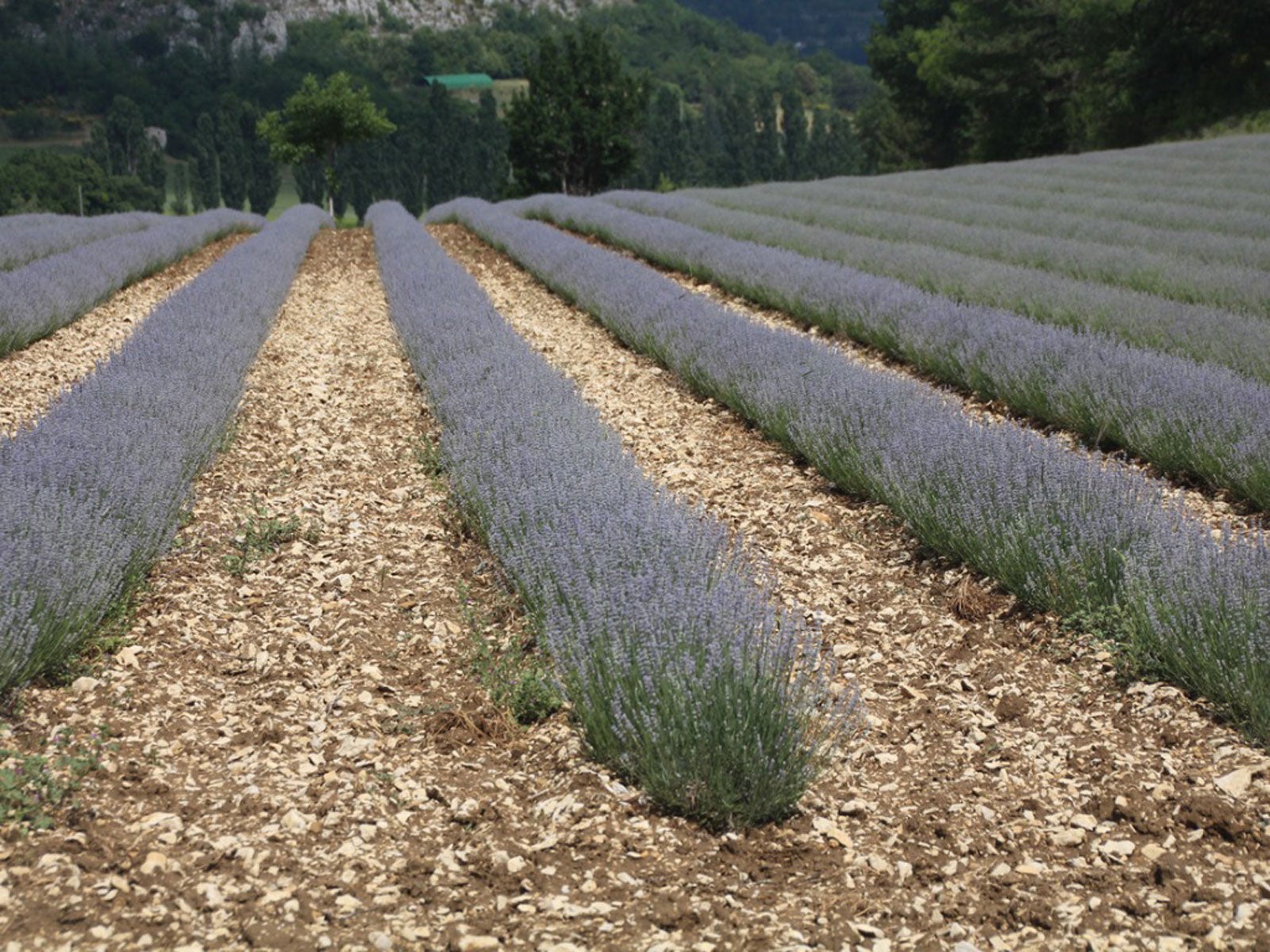Lavender Mulching Tips: Learn About Mulch For Lavender Plants


Mulching lavender plants is tricky, as lavender prefers arid conditions and well-drained soil. Be careful about applying mulch for lavender if you live in a climate that receives more than 18 to 20 inches (45.5 to 51 cm.) of rain per year. Light-colored mulches are good because they reflect light, thus helping keep lavender plants dry.
When it comes to lavender mulch, what type of mulch is best and what mulches should be avoided? Read on to learn more.
How To Mulch Lavender
Lavender requires well-drained soil and plenty of space to allow air circulation around plants. When it comes to lavender mulching, the goal is to keep the foliage and the crown as dry as possible. This means using about an inch (2.5 cm.) of mulch that won’t trap moisture around the roots.
Suitable mulch for lavender includes:
- Small, crushed rock
- Pea gravel
- Nut shells
- Pine needles
- Oyster shells
- Coarse sand
The following mulches should be avoided:
- Wood or bark mulch
- Compost
- Straw (almost always)
- Fine sand
Using Straw or Evergreen Boughs when Mulching Lavender
Straw should nearly always be avoided. However, if you live in an arid climate north of USDA hardiness zone 9 and your soil drains well, you can apply a layer of straw to provide a little extra insulation against punishing winter cold. You can also lay evergreen boughs over lavender plants.
Apply straw after the ground freezes and the plants have gone completely dormant. Never use straw if you live in a moist climate because wet straw is likely to rot lavender plants. Don’t allow straw to pile up against the crown. Be sure to remove straw mulch for lavender as soon as the danger of extreme cold has passed.
Gardening tips, videos, info and more delivered right to your inbox!
Sign up for the Gardening Know How newsletter today and receive a free copy of our e-book "How to Grow Delicious Tomatoes".

A Credentialed Garden Writer, Mary H. Dyer was with Gardening Know How in the very beginning, publishing articles as early as 2007.
-
 Looking For Plants To Give You The Soft And Fuzzies? Try These 5 Fuzzy Leaf Plant Options
Looking For Plants To Give You The Soft And Fuzzies? Try These 5 Fuzzy Leaf Plant OptionsLovers of texture, drama, silver foliage and tactile plants will adore these special sensory garden additions. These fuzzy leaf plant options will leave you all aglow
By Susan Albert
-
 Get Ready For A Summer Of Hummers! Grow These Full Sun Hummingbird Plants and Flowers
Get Ready For A Summer Of Hummers! Grow These Full Sun Hummingbird Plants and FlowersIf you’re lucky enough to enjoy a sunny backyard, make sure you are maxing out on your pollinator opportunities and grow these full sun hummingbird plants and flowers
By Tonya Barnett